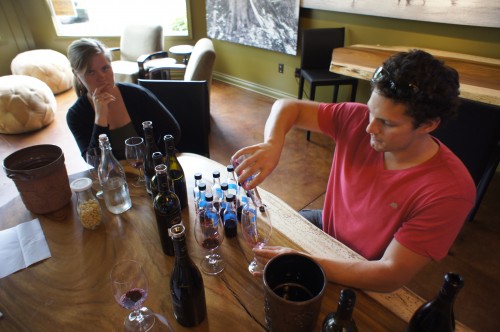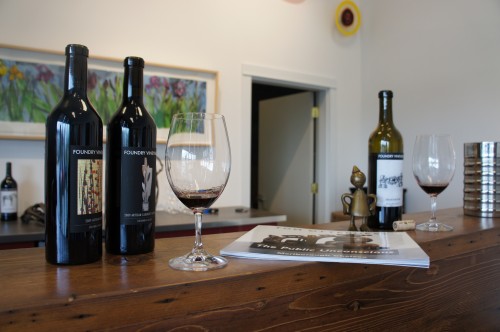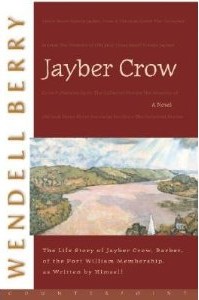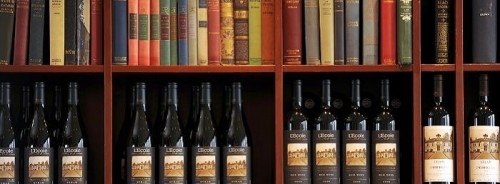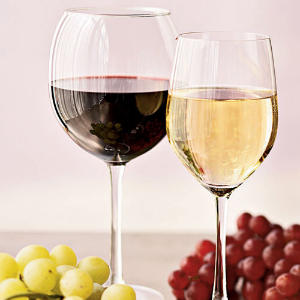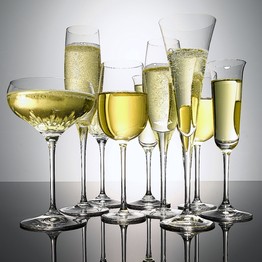
Bringing our Walla Walla book & wine pairing series to a close, we’ll have a chat with Kirsten Telander, a freelance writer in Walla Walla and co-author of “Wine Taster’s Survival Guide.†I first met Kirsten as she was representing Tero Estates and Flying Trout wines in their tasting room in downtown Walla Walla. Little did I know that she was the perfect person to ask about pairing wine with books. With her background in writing and her history in the wine industry, she pointed out some pairings that I never would have thought of! She also shares with us a bit about how she got her start as a writer and how she came to embrace her secret affection for chick lit.

What would you consider to be signature wines for Tero and Flying Trout?Â
Flying Trout Malbecs have a cult-like following. Her 100% vineyard designate Malbecs are what she’s best known for. Ashley Trout was the firstWashingtonwinemaker to dedicate her brand to Malbec and Malbec blends. She definitely pushed the envelope with the blends. For example, some would say to use only 5% Malbec or go 100%, but she’ll put together blends with 30% for example and she makes it work. But, if you’re asking for 1 wine as signature? Mary’s Block Malbec – 100% off the estate vineyard (Windrow)
The signature wine for Tero is the Windrow. It is named after the estate vineyard (Windrow is the oldest commercially planted vineyard along with the adjacent Seven Hills Vineyard in the Walla WallaValley). Winemaker Doug Roskelley is the only winemaker that I know of in WA (if not the U.S.) doing a true field blend, which is what Windrow is. Field blends are an age-old tradition in Europe. Cabernet, Merlot, Cabernet Franc, and Malbec are harvested at the same time in proportion to their planting in the estate vineyard and co-fermented. The result is an expression of the vineyard, not the varietals, for that year. The 2008 was ranked #44, 92 points in the 100 best bottles in Washington by Seattle Metropolitan Magazine. The 2009 will be released at the end of September.

What are some of your personal favorites?
I’m a Cabernet Sauvignon gal. Give me a good Cab and I’m happy. That being said, I think that the Tero Herb’s Block Merlot is one of the best Merlot’s I’ve had. Washington Merlots in general are bigger with more structure (drinking in the direction of Cabs with killer aromatics) than any other wine region I’ve found. Flying Trout Torrontes is one of the most kick-ass whites I’ve had. It’s different. Clean, light, and hugely aromatic – she actually travels to Mendoza, Argentina every year just to make this wine. If she stopped people would protest, including me.
If you could sit down right now with one of your personal favorites and something to read, what would it be?

I’d drink the Torrontes with Vanity Fair magazine or one of my favorite chick lit authors, not total fluff, but a bit of a beach read. Holly Peterson’s “The Manny” comes to mind, or Pam Houston’s “Cowboys Are My Weakness”. Anything, and I mean anything, but “Fifty Shades of Gray”. I threw it out, even while heavily drinking.
A good cab by the fire (Tero Estates 2008 Hill Block) would call for a re-read of Hemingway’s “A Moveable Feast,” or something quirky and original like “No One Belongs Here More Than You” by Miranda July. Or Michael Byers’ “The Cost of Good Intentions.”
In the realm of reading, what are some of your favorite authors or books?
I’m a sucker for good memoirs. “Just Kids” by Patty Smith, “Eat, Pray, Love” (yes, I loved it despite certain critics), and I just finished a wonderful memoir that is little known – “Chance of Sun: An Oregon Memoir” by Kim Cooper Findling. I got hooked on memoir years ago with Mary Karr’s “The Liar’s Club” – I love the combo of tragic and comic and she pulls this off brilliantly. Raymond Carver is a genius in my mind. I really admire the work of Lorrie Moore (just finished “A Gate at the Stairs”), Amy Hempel, and Ron Carlson (love “Hotel Eden”).
Can you tell us a bit about your writing life?
After graduate school (where I studied creative writing) I was paralyzed. Colleagues were either writing inaccessible (in my mind) poetry or literary fiction, and I struggled to find my voice. I got caught up in journalistic stuff just to write (and make a few bucks and I mean a few) but I’m not a journalist and knew that wasn’t my future. A few years ago, I carved out a little time and started to write a few essays about my experience managing a tasting room – behind the scenes stuff that isn’t so glamorous. But I realized I could never publish them because nobody in the wine biz here would ever talk to me again. That’s when the idea of a novel sounded good. And I had an epiphany: I don’t want to write literary fiction. I admire it, but it’s not what I want. I want to be somewhere in between chick lit and something with some intelligence and heart. I joke that I came out of the closet as a writer of chick lit! It was so liberating! So in addition to freelance writing about wine, food, and lifestyle, I have started a novel based in the wine business. Is it based in Walla Walla? Yes. Does it have a few people that appear that are based on winemakers here? Yes. But there’s enough fiction to free me up and have fun with it. I am re-building my website (www.kirstentelander.com) which will include sample chapters 🙂
Any advice for our wine-drinking, book-loving writers?
Wine drinking is such a sensory experience, and I am drawn to books that draw on the sensory. I would think book-loving writers that drink wine would agree. “Joy for Beginners” and “The School of Essential Ingredients” by Erica Bauermeister are good examples of someone who uses her craft of writing and love of sensory and sense of character to create great novels; Frances Mayes has made a career out of her non-fiction. Speaking of characters, wine tasting is the perfect excuse to create characters! People really open up in tasting rooms often revealing their very interesting stories (or not and even those make for good material). Take your writer’s notebook with you and make note of all the sensory details and the people you meet along the way.

